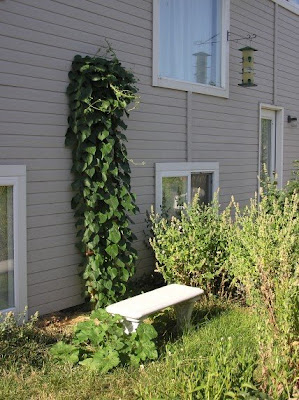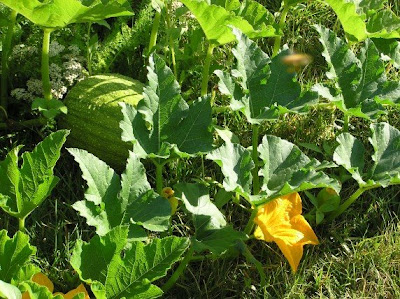
At the second stop Great Gray Owls had been heard and seen at dusk, but it was nowhere near dusk when we stopped and no owls were around. There was a Swainson's Hawk circling overhead, and he dove down to the nearby field, but took off again empty-handed to search for rodents elsewhere.
 Our camping destination was Summit Lake, in Valley County, Idaho. We found there had been forest fires in recent years past, so the area had a most unusual appearance at the boundary of the green unburned forest and the gray and black moonscape that was slowly being revegetated with seedlings and wildflowers.
Our camping destination was Summit Lake, in Valley County, Idaho. We found there had been forest fires in recent years past, so the area had a most unusual appearance at the boundary of the green unburned forest and the gray and black moonscape that was slowly being revegetated with seedlings and wildflowers. I did swim in this lake, and for a mountain lake the water was fairly warm.
I did swim in this lake, and for a mountain lake the water was fairly warm.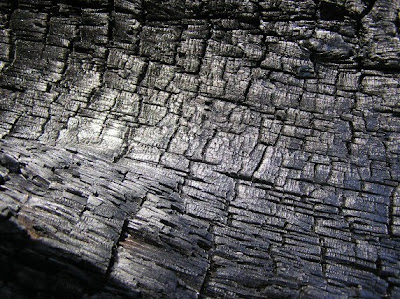
I knew that in an area burned by fire, the peeling bark provides insect-rich environments sought out by two kinds of woodpeckers, the Black-backed and American Three-toed. When I saw this bird, I incorrectly assumed it was a Hairy Woodpecker, but after looking at the photo I see it has a speckled chest suggesting it is an American Three-toed Woodpecker.
 I was fascinated by the beauty of the sunset light on the water and the wind created ripples that reminded me of impressionist paintings.
I was fascinated by the beauty of the sunset light on the water and the wind created ripples that reminded me of impressionist paintings.

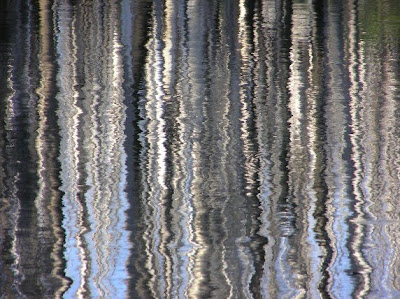 Pearly Everlasting seemed to be one of the first flowers to return to the burned area.
Pearly Everlasting seemed to be one of the first flowers to return to the burned area. This graceful grass was found near the edge of Summit Lake.
This graceful grass was found near the edge of Summit Lake. Goldenrod was in bloom there, too.
Goldenrod was in bloom there, too. The ground cover was composed of many Grouse Whortleberries. I was told these were food for grouse, which is how they came by their name. They're tasty to humans, too, but rather small.
The ground cover was composed of many Grouse Whortleberries. I was told these were food for grouse, which is how they came by their name. They're tasty to humans, too, but rather small. It was getting toward dusk, and the light was nearly gone as we headed back to the campsite. By the side of the trail this grouse sat quietly. I tried to hand-hold the camera for a one-second exposure, which by all measures would be considered impossible. I did try to wedge it against a tree, but even the movement of the bird became a factor.
It was getting toward dusk, and the light was nearly gone as we headed back to the campsite. By the side of the trail this grouse sat quietly. I tried to hand-hold the camera for a one-second exposure, which by all measures would be considered impossible. I did try to wedge it against a tree, but even the movement of the bird became a factor. The bright red above the eye suggests this is a Spruce Grouse ... the first member of this species I have ever seen. I turned on the camera's flash and sat down on the ground.
The bright red above the eye suggests this is a Spruce Grouse ... the first member of this species I have ever seen. I turned on the camera's flash and sat down on the ground. As Cyndi photographed it, the bird grazed its way right past me, almost close enough to touch. I don't know that I can convince myself that grouse hunting is in any way "sporting." I imagine it must be a lot like hunting chickens.
As Cyndi photographed it, the bird grazed its way right past me, almost close enough to touch. I don't know that I can convince myself that grouse hunting is in any way "sporting." I imagine it must be a lot like hunting chickens. The next morning, in the same area, we found four more grouse, a mother (in back) and three young ones. Again, hunting them would not have been difficult. I presumed these were more Spruce Grouse, but one person suggested they are Dusky Grouse. Any comments are welcomed. The females and young are harder to identify than the adult males.
The next morning, in the same area, we found four more grouse, a mother (in back) and three young ones. Again, hunting them would not have been difficult. I presumed these were more Spruce Grouse, but one person suggested they are Dusky Grouse. Any comments are welcomed. The females and young are harder to identify than the adult males.That night as the campfire died out and the air grew chilly I felt a sudden breeze in the still night air. "Did you see that," asked Cyndi. I thought maybe there was a dust devil or something ... but it was very dark and I had seen nothing. An owl had just flown over my head and was now breaking twigs overhead as it moved about in the evergreen tree. Though we looked with flashlights, no owl could be seen, so what kind it was will remain a mystery.
I stayed up too late talking, and it might have been nice to sleep in, but the loud knocking of a woodpecker roused me at daybreak. Who can sleep with that racket ... and with the possibility of an American Three-toed Woodpecker overhead?
It was a hazy day, but a wonderful temperature as we sat on a log by the stream and drank hot coffee. A mixed flock of chickadees, nuthatches and warblers moved through the area and we were surrounded by the wonderful calls and colors of this mass of birds. I saw three kinds of warblers: Townsend's, Macgillivray's and Wilson's in their bright yellow colors. I could hardly focus either the camera or binoculars before they hopped to another branch and my neck was soon sore from staring upward as the birds stared down at me.
This is the Townsend's Warbler. The light was dim, so the image is rather soft, but still the best photo I've been able to get so far (and only the second time I've seen them).
 The Mountain Chickadee made up the majority of this "gang" of birds, and there were dozens in the trees and shrubs.
The Mountain Chickadee made up the majority of this "gang" of birds, and there were dozens in the trees and shrubs. There were both Ruby-crowned and Golden-crowned Kinglets, and the young ones were foraging with the flock. It was neat to see the cute, fuzzy young kinglets growing into their adult feathers.
There were both Ruby-crowned and Golden-crowned Kinglets, and the young ones were foraging with the flock. It was neat to see the cute, fuzzy young kinglets growing into their adult feathers.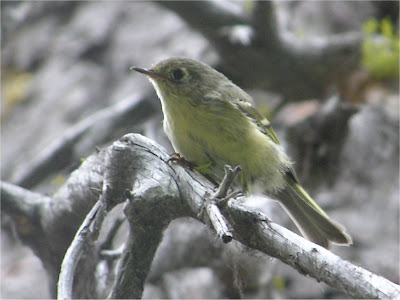 A silent flock of five Gray Jays glided through the campground and then moved on.
A silent flock of five Gray Jays glided through the campground and then moved on. The Red-breasted Nuthatches were plentiful and curious.
The Red-breasted Nuthatches were plentiful and curious. I was about to delete this photo, below, of the nuthatch. After all, the one above is so much nicer ... better light, more colorful, fancier face. Say, why is this one so drab? Is it a female or juvenile? I looked it up, and both male and female Red-breasted Nuthatches have the white supercillium (line above the eye). But, the Pygmy Nuthatch looks exactly like this little bird!
I was about to delete this photo, below, of the nuthatch. After all, the one above is so much nicer ... better light, more colorful, fancier face. Say, why is this one so drab? Is it a female or juvenile? I looked it up, and both male and female Red-breasted Nuthatches have the white supercillium (line above the eye). But, the Pygmy Nuthatch looks exactly like this little bird!I'm so glad I didn't quickly delete this photo. It is the final nuthatch species I had been seeking!
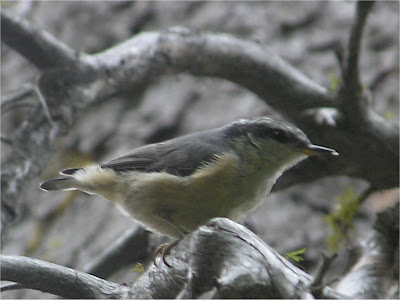 Here's another perspective. Things are really looking up now.
Here's another perspective. Things are really looking up now.
 What a very nice weekend. Swimming, camping, a cookout over the fire, and three new Life Birds with photos of them all. (And, I didn't even know about two of them until I looked at my photos ... the little guys can be far away and very active ... so the camera really helps with learning about birds.)
What a very nice weekend. Swimming, camping, a cookout over the fire, and three new Life Birds with photos of them all. (And, I didn't even know about two of them until I looked at my photos ... the little guys can be far away and very active ... so the camera really helps with learning about birds.)
 Here's another perspective. Things are really looking up now.
Here's another perspective. Things are really looking up now. What a very nice weekend. Swimming, camping, a cookout over the fire, and three new Life Birds with photos of them all. (And, I didn't even know about two of them until I looked at my photos ... the little guys can be far away and very active ... so the camera really helps with learning about birds.)
What a very nice weekend. Swimming, camping, a cookout over the fire, and three new Life Birds with photos of them all. (And, I didn't even know about two of them until I looked at my photos ... the little guys can be far away and very active ... so the camera really helps with learning about birds.)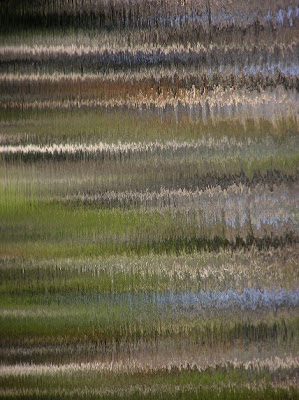
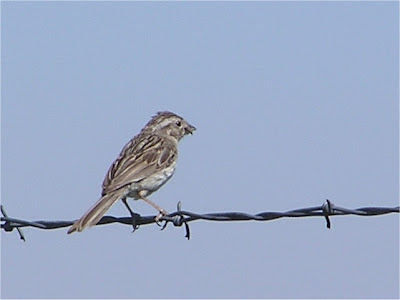

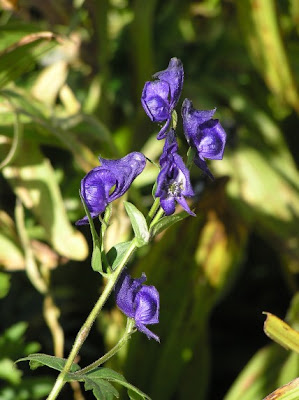



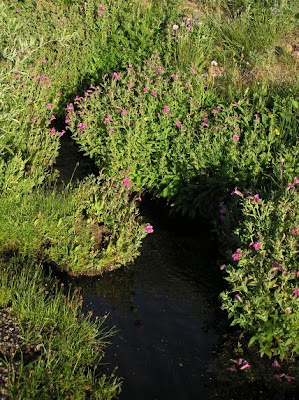







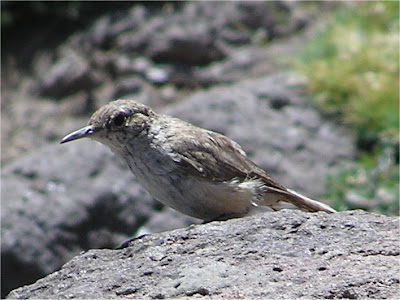


+and+swallow+v-g+090727.jpg)
